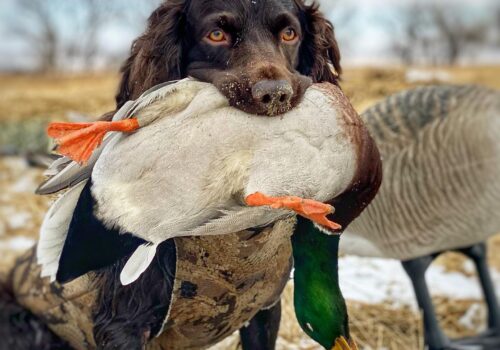
Hidden Stories in Taxidermy: Cocaine Bear
By Robbie Perdue
Tuesday, September 11th, 1984: Fred Myers, a man in his eighties, awoke just after eight at his house in the Island Home neighborhood of Knoxville, Tennessee and went to shave. This is when he noticed a man laying in his backyard. After a quick look, he determined that the person partially wrapped in a parachute was indeed dead, so he called the police.
Authorities found Andrew Thornton, 41, a convicted drug smuggler, former Army paratrooper with the 82nd Airborne and narcotics officer for the Lexington, Ky., Police Department. He was wearing a bulletproof vest, night vision goggles, Gucci loafers, and had a pair of pistols, two knives, thousands of dollars of cash, gold coins, and a duffle bag containing 79 pounds of cocaine worth over 15 million dollars. Apparently, Thornton had overloaded himself and after deploying his parachute, was flipped upside down due to the weight of the duffle bag and landed on his head, breaking his neck.
Police were able to connect Thornton to a plane crash earlier that morning some 70 miles east in the North Carolina mountains when they found a key in his pocket matching the twin engine Cessna 404. With no flight plan filed for this flight, the investigation would later show that Thornton and at least one accomplice had smuggled cocaine up from Columbia, across the Gulf of Mexico, and once they had set the autopilot with the plane pointed toward the Appalachian Mountains, they jumped out.
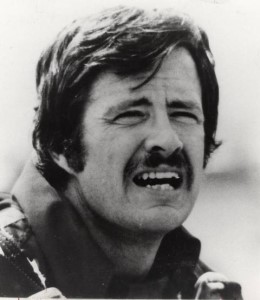
Andrew Thornton II and a Cessna 404 like the one he used to smuggle drugs

However, there was more to the plan than this. They also had thrown out even more cocaine over a Georgia National forest in large bags with parachutes and transponders for other smugglers on the ground to recover. And this was not the first trip, just Thornton’s last.
This story takes an interesting twist when months later a hunter stumbles upon an odd scene in the Chattahoochee National Forest. He found a large bag ripped open with dozens of plastic containers also ripped open which would later be verified as having traces of cocaine. Nearby was the body of a 180 lb Georgia black bear.
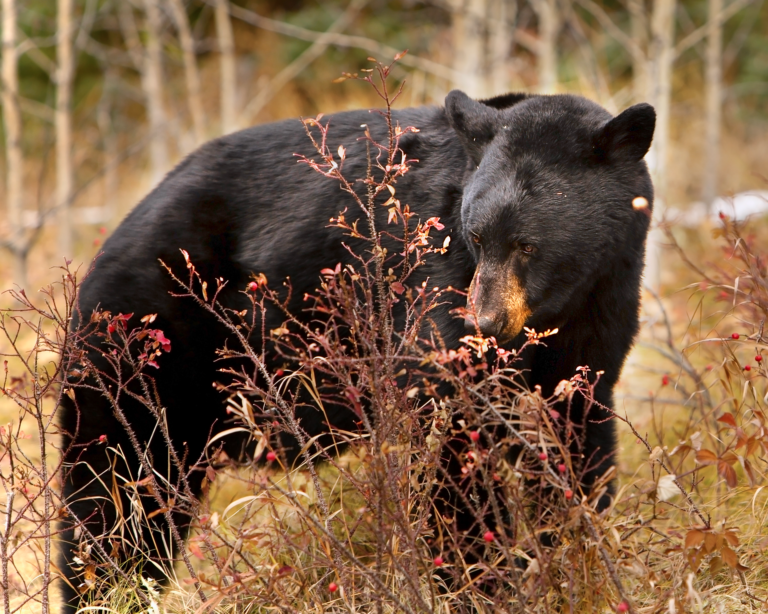
The chief medical examiner at the Georgia State Crime Lab would determine that the animal had died of simultaneous cerebral hemorrhaging, respiratory failure, renal failure, and stroke. He also noted that the bear had as much cocaine as could be possibly put into its stomach. For a very brief moment before its death, this bear was possibly the most dangerous apex predator in North America.
The normal procedure would be to incinerate the animal, but the GSCL medical examiner thought it a shame to waste the bear, now dubbed “Pablo Escobear”, and had a friend taxidermy it then donate it to a visitor’s center at the Chattahoochee River National Recreation Area.
“Cocaine Bear” spent years there, where only a small handful of people knew of his origin. Then in the early 90’s, an impending forest fire had the staff evacuating all the buildings, and putting most of the visitor center’s displays and artifacts, including the bear, into a storage facility in the nearby town of Dalton. When the danger had passed, they returned to their storage unit and found it empty, everything had been stolen.
Eventually some of the Native American artifacts were located 160 miles away in a pawn shop in Nashville, Tennessee. Somehow the pawn shop owner knew the story of the bear, yet another suspicious aspect of this story, and had already sold it to an interested collector, cocaine aficionado Waylon Jennings.
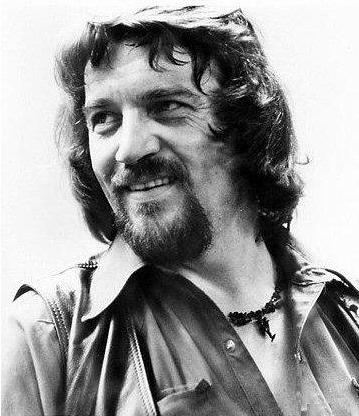
Jennings was of course a country music icon and one of the founders of the “outlaw country” scene. Actually, he was a mostly law-abiding citizen except he did a lot of cocaine. He did collect odd things and I like to think after learning just how much disco dust this bear ingested he respected him for it.
The bear now resided in Jenning’s Las Vegas home for years until the singer decided to come clean and end his drug use. He got rid of the bear, I guess a constant reminder of cocaine, by giving it to Ron Thompson as a gift. Without going into any details or assumptions about Thompson, I will note that he somehow knew the late Thornton and was connected to a lot of Las Vegas stars who loved cocaine.
Thompson would also eventually get rid of the bear. When an interested group from Kentucky located it, Cocaine Bear was in a Chinese medicine shop in Reno. They bought it and had it shipped to the Kentucky Fun Mall where it currently is on display. A small sign tells a bit of the bear’s history and it receives many interested visitors. It has even made visits to Rupp Arena and appeared on the Joe Rogan podcast.

But this isn’t the end of the story of Pablo Escobear. Elizabeth Banks is now set to direct the movie “Cocaine Bear”, a thriller inspired by true events. Except this time the coked up bear is in Kentucky and apparently goes on a Cujo-like killing spree. Leave it to Hollywood to mess things up; this bear isn’t a killer, he just likes to party. The film will star the late Ray Liotta in his final role.
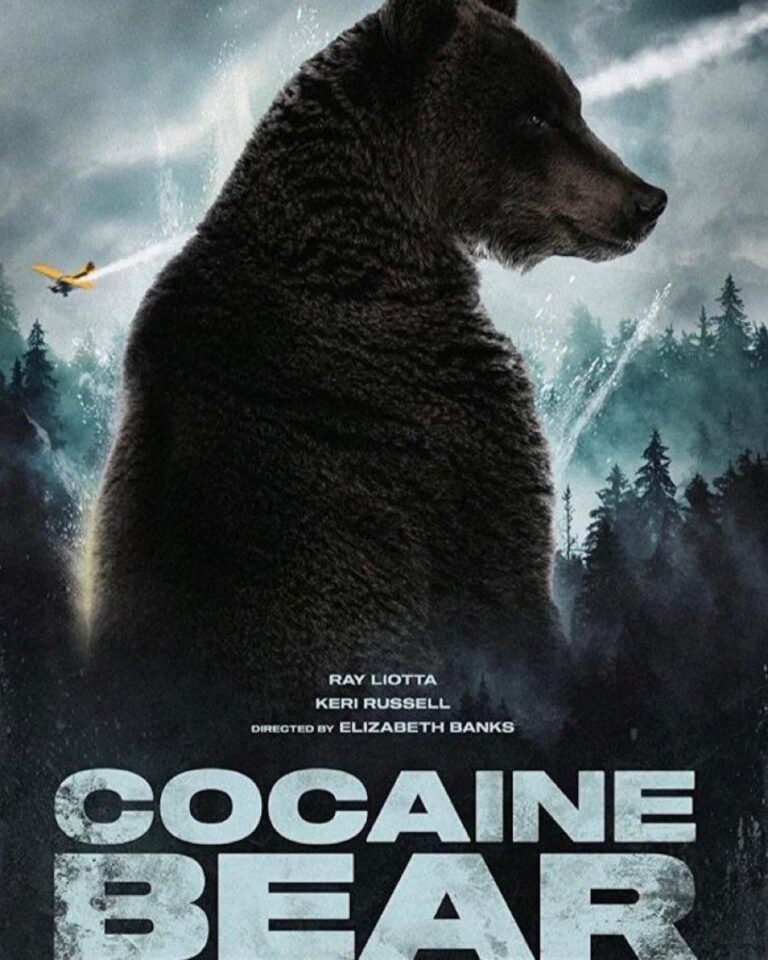
Every piece of taxidermy has a story behind it, maybe just not as odd as this one.
Robbie Perdue
is a native North Carolinian who enjoys cooking, butchery, and is passionate about all things BBQ. He straddles two worlds as an IT professional and a farmer who loves heritage livestock and heirloom vegetables. His perfect day would be hunting deer, dove, or ducks then babysitting his smoker while watching the sunset over the blackwater of Lake Waccamaw.


You May Also Like
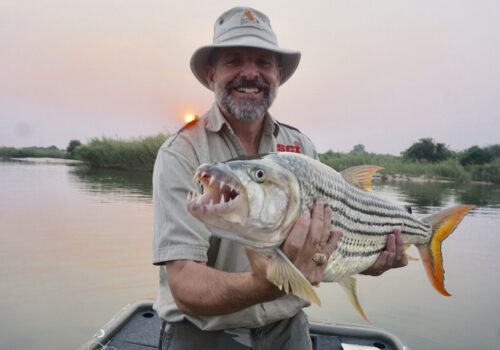
Tigers on the Zambezi
July 11, 2022
Lords of the Fly
October 5, 2020